Enterprise Information Systems: ERP Selection and Cloud ERP
VerifiedAdded on 2023/06/16
|14
|707
|266
Case Study
AI Summary
This case analysis delves into Enterprise Resource Planning (ERP) systems, exploring their concept, benefits, components, and implementation challenges. It highlights critical success factors for ERP implementation, outlines the typical steps in selecting an ERP system, and differentiates between cloud-based and on-premises ERP solutions. The analysis further discusses the advantages of cloud ERP and provides examples of popular cloud ERP software. It also touches upon Business Intelligence (BI) software and its role in data analysis and reporting. The report concludes that ERP is a vital tool for managing business data, resources, and risk compliance, supported by references to relevant academic sources. Desklib provides access to this and other solved assignments for students.
1 out of 14
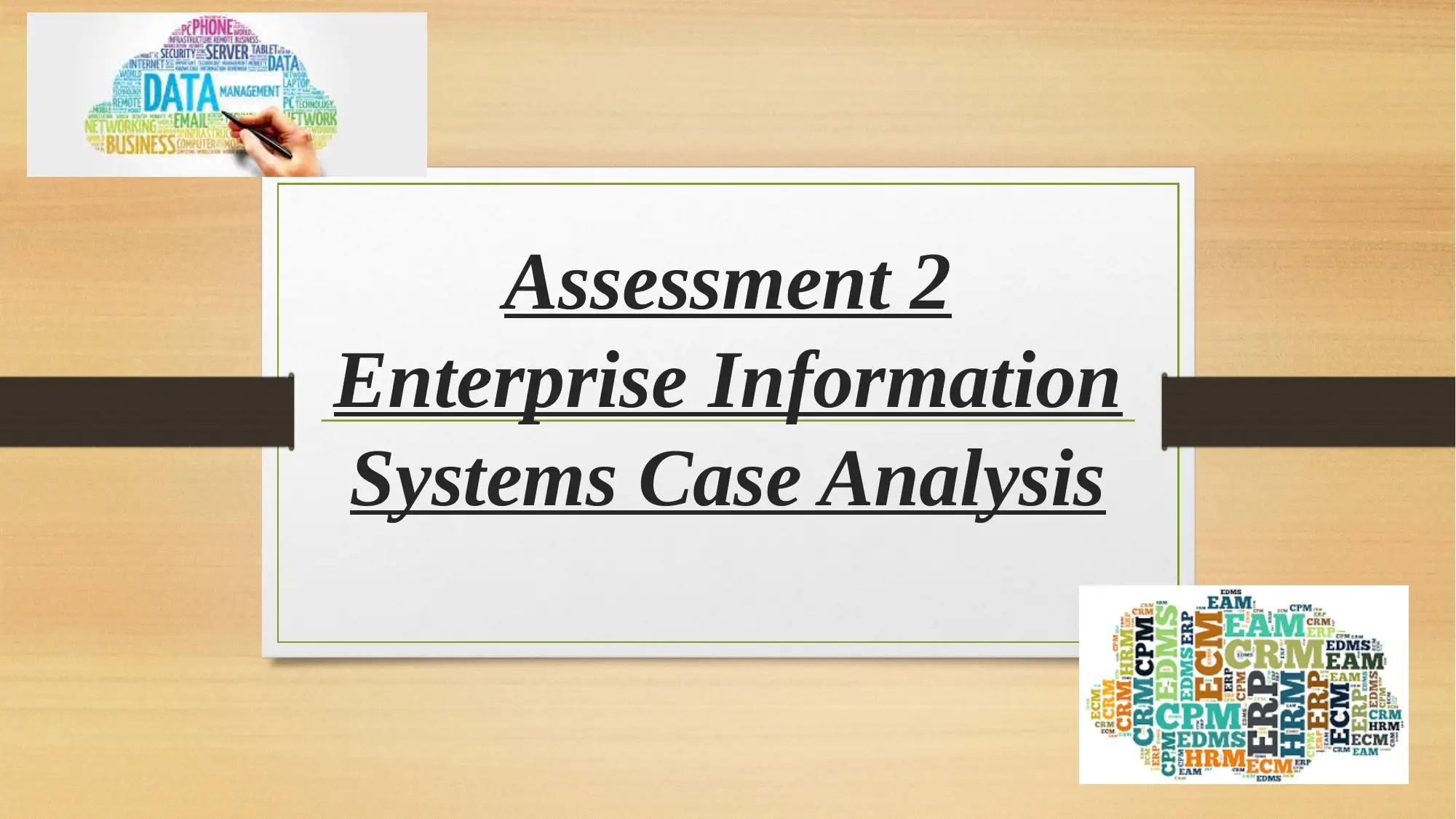
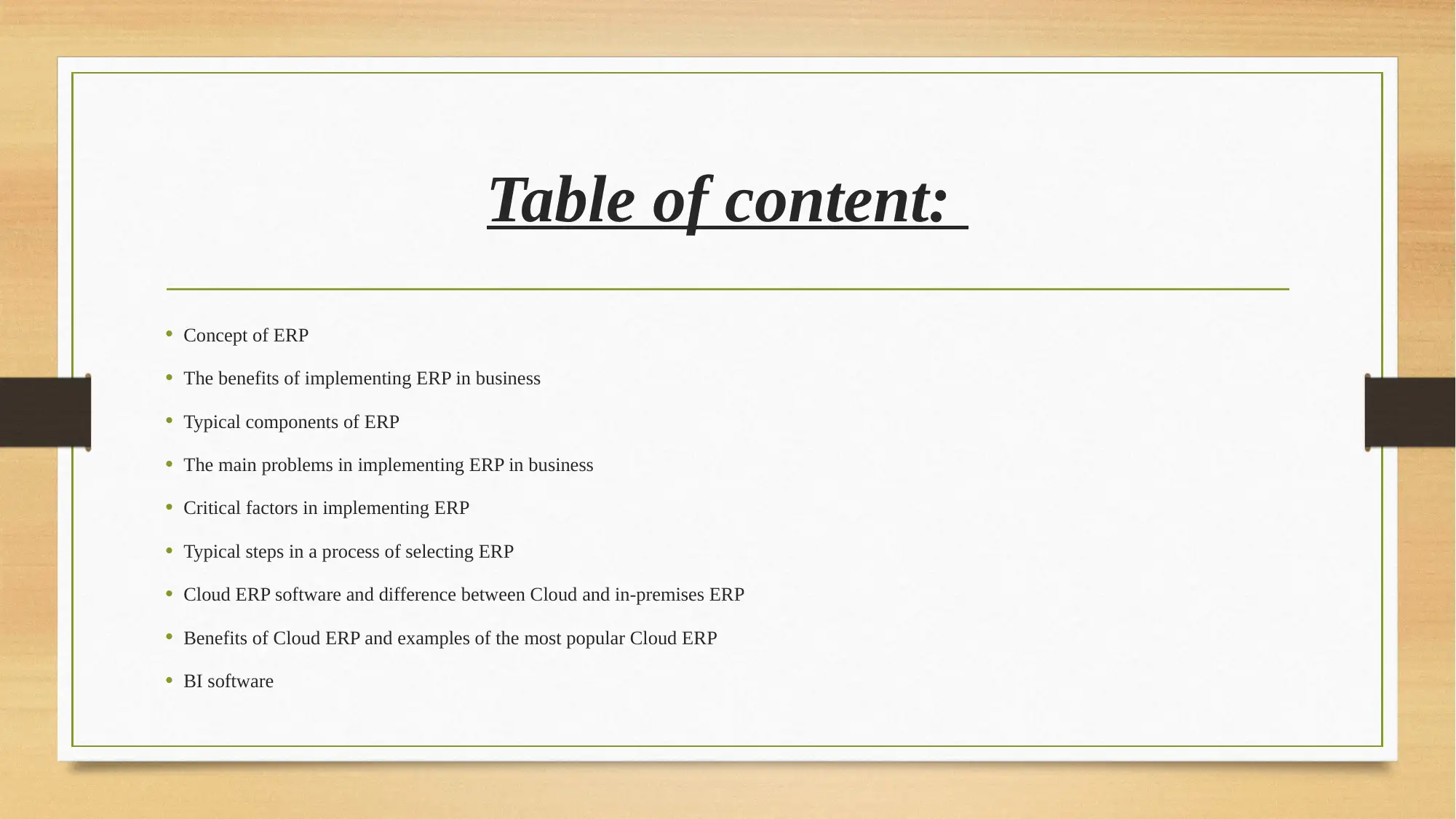
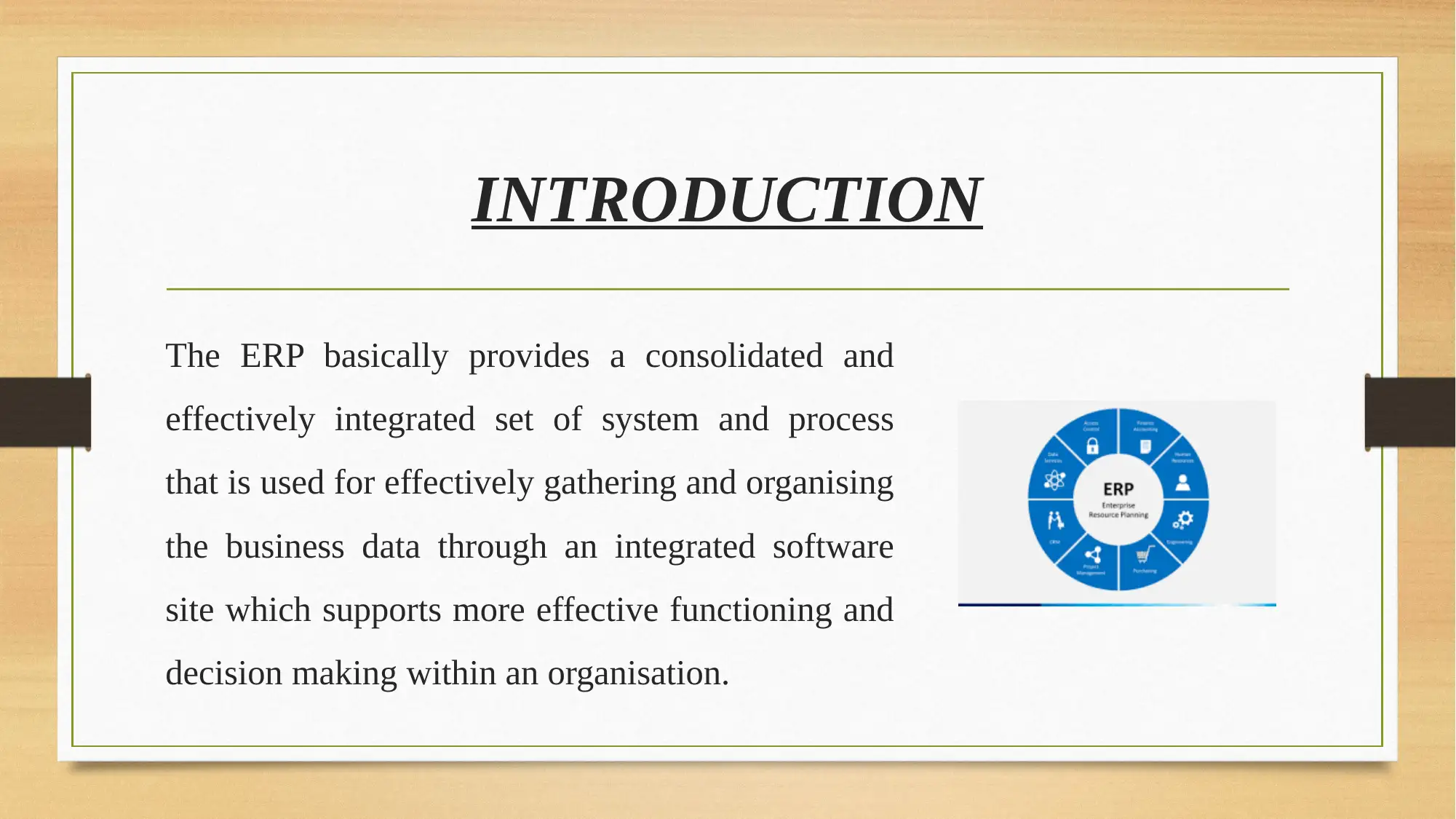

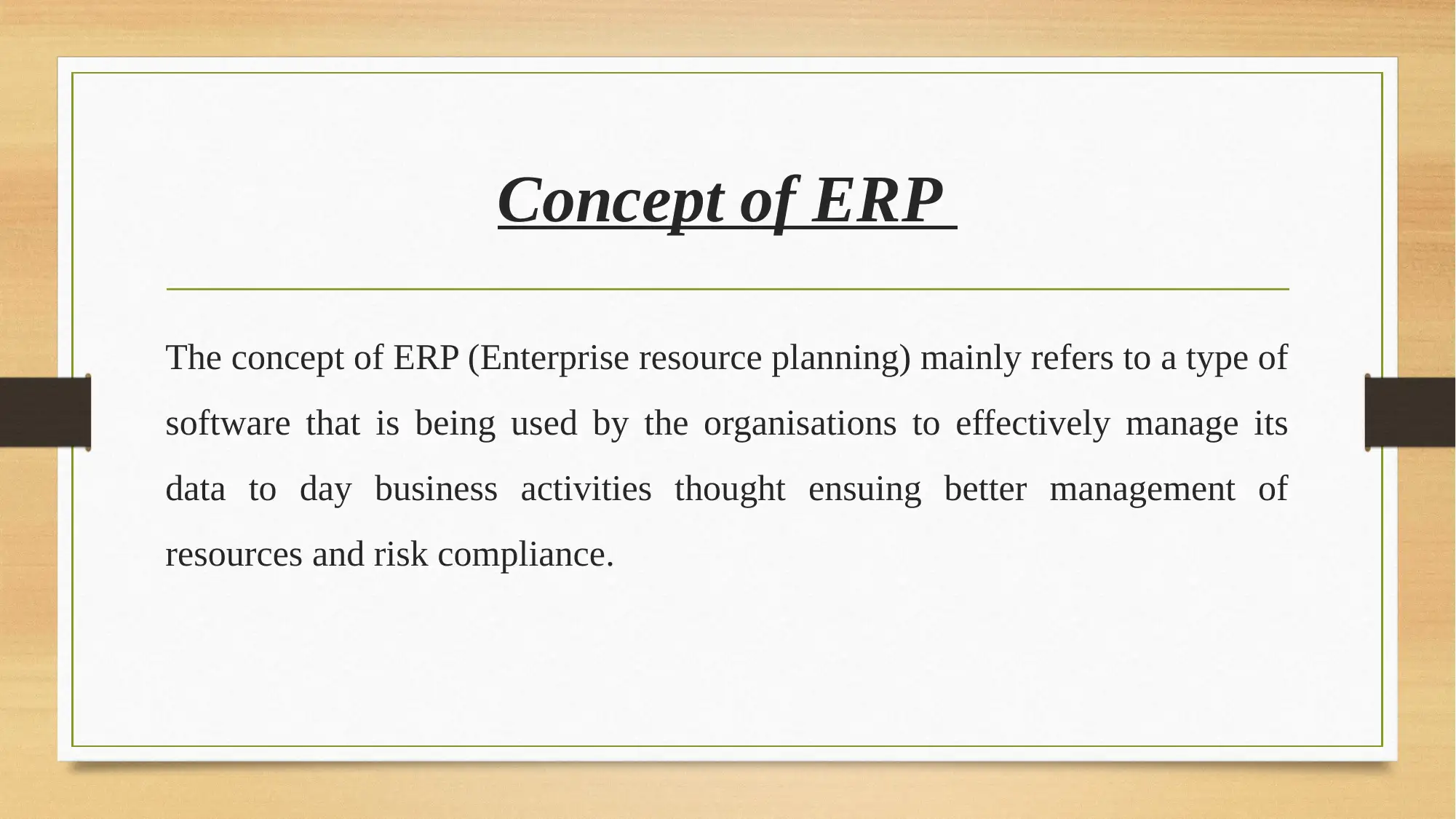
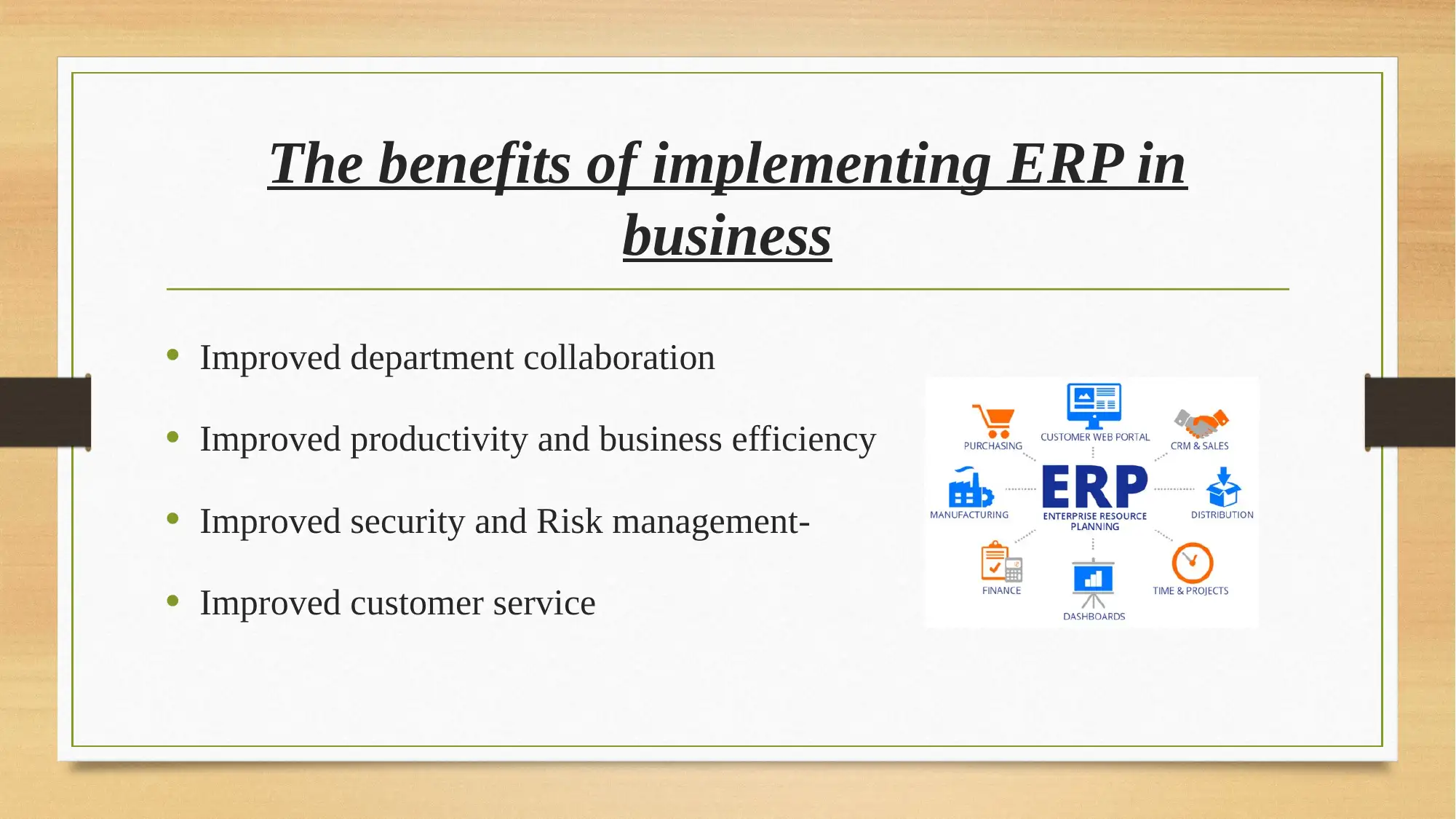
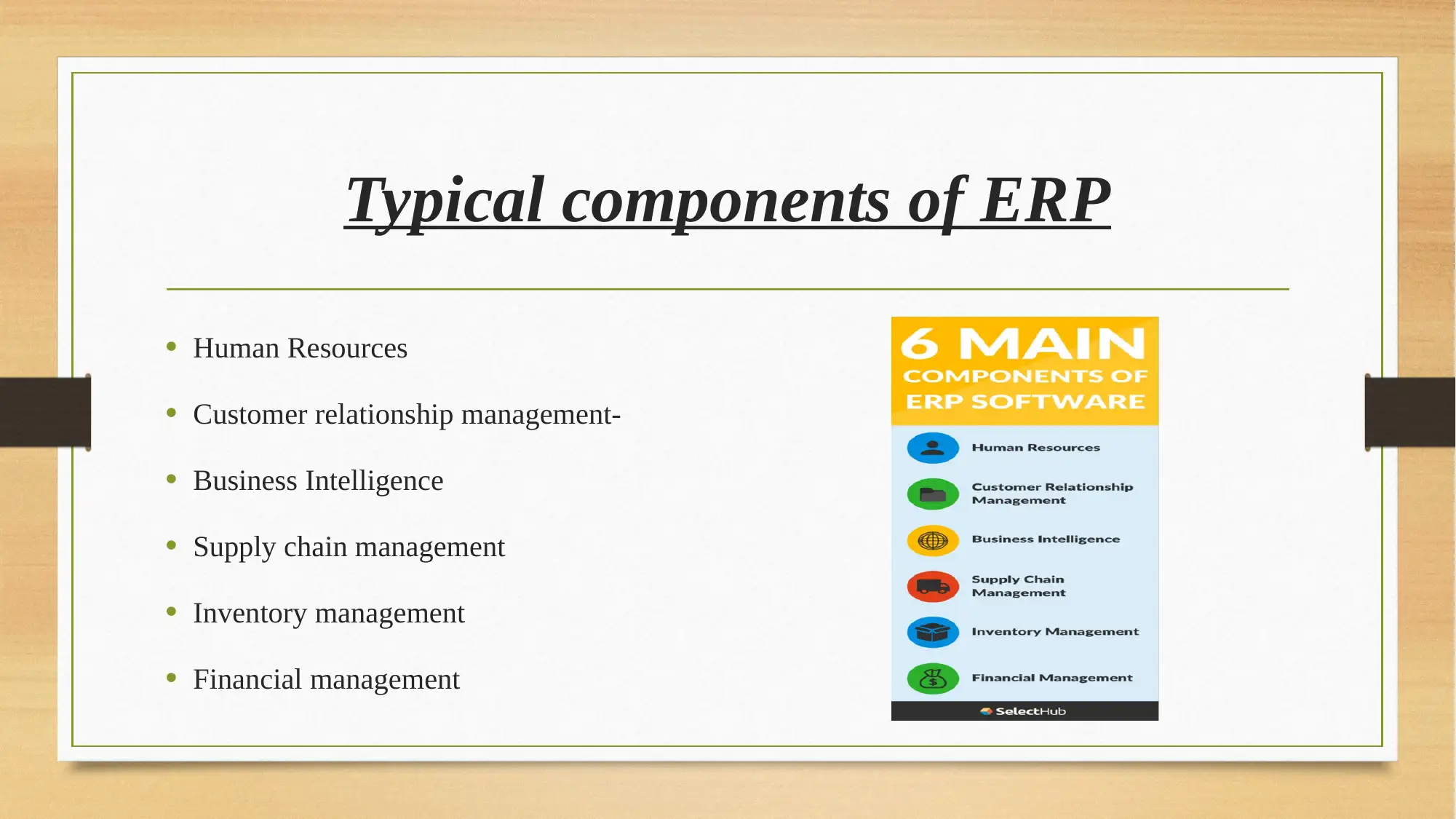
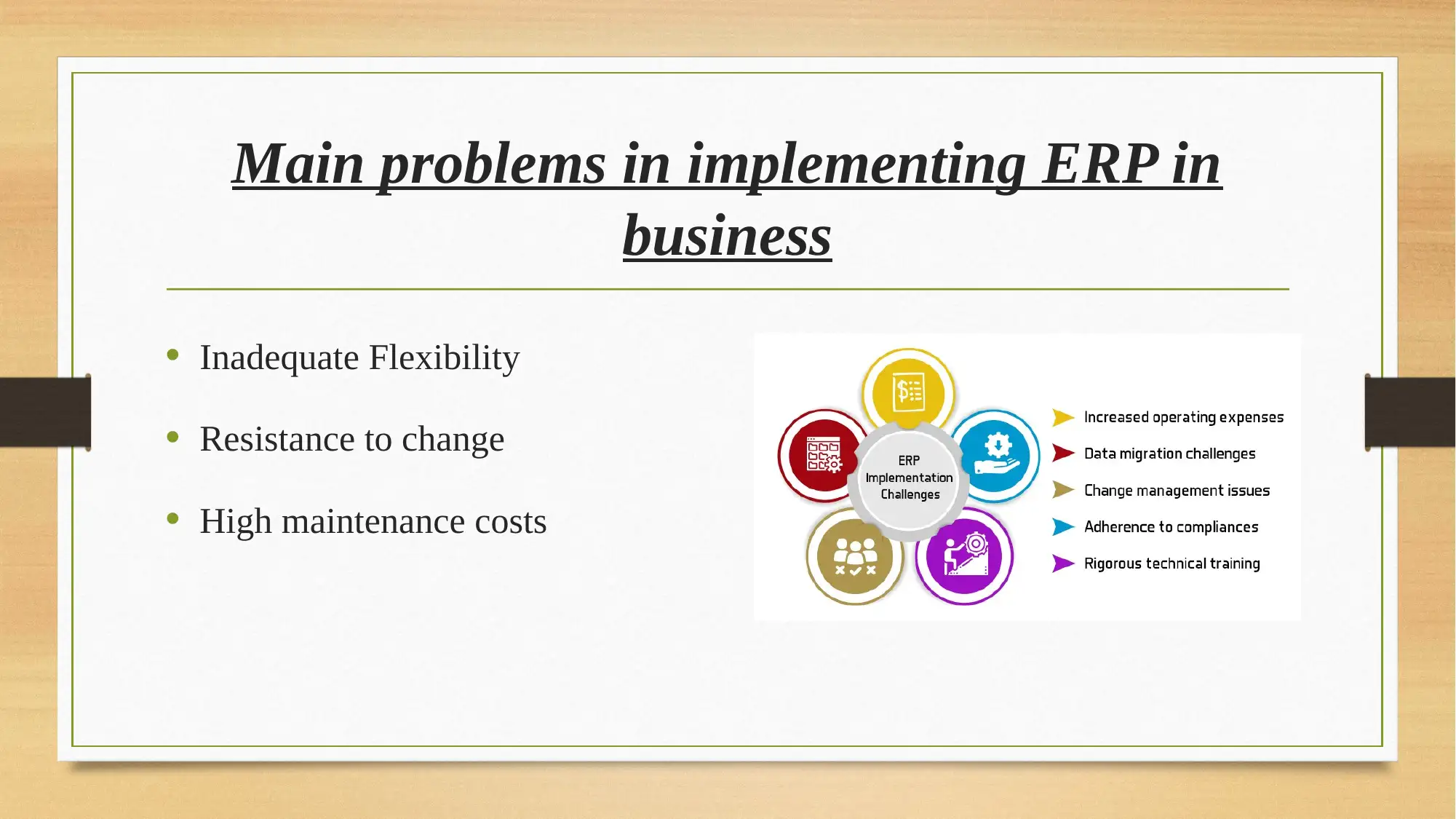
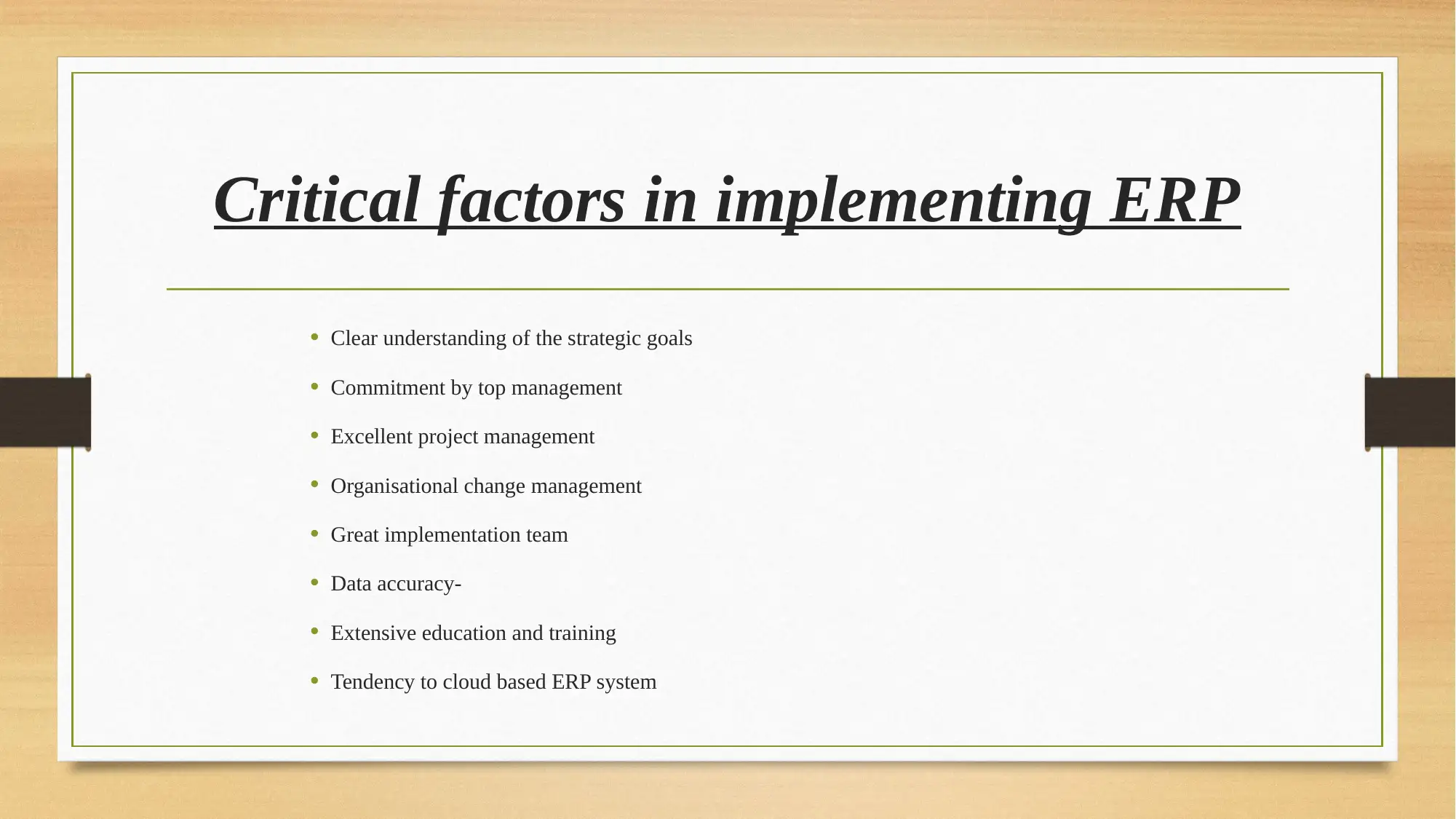
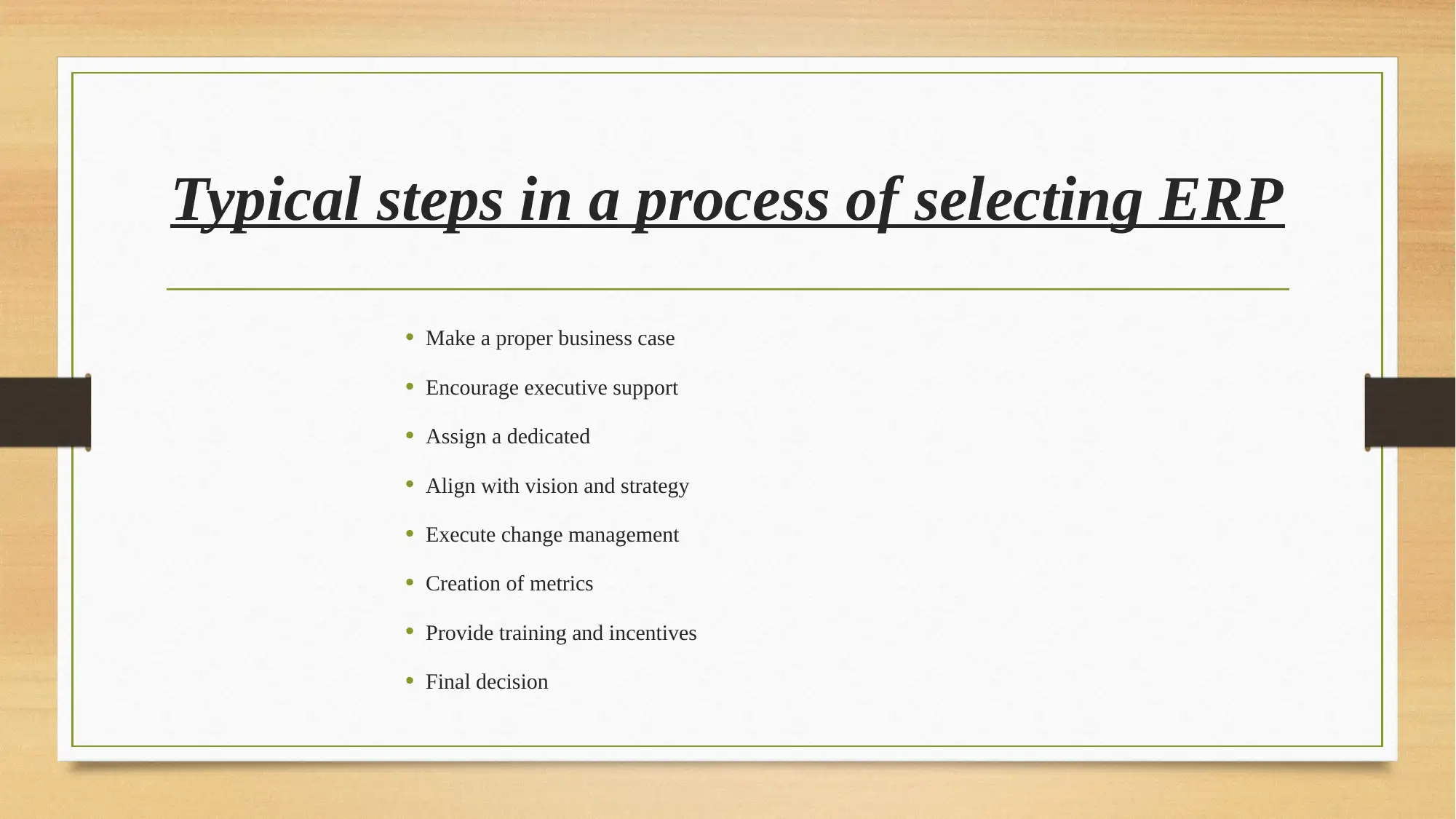
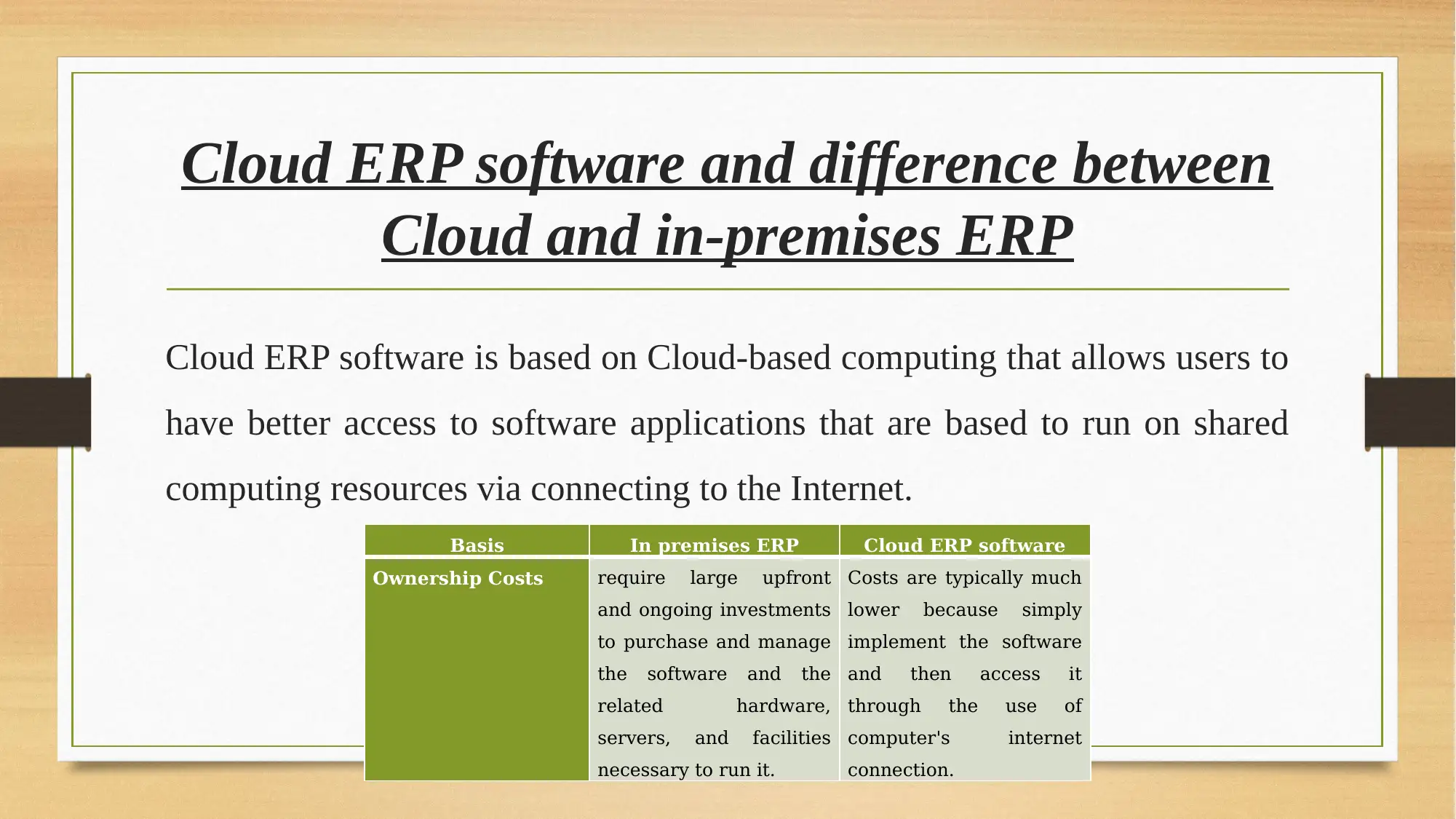
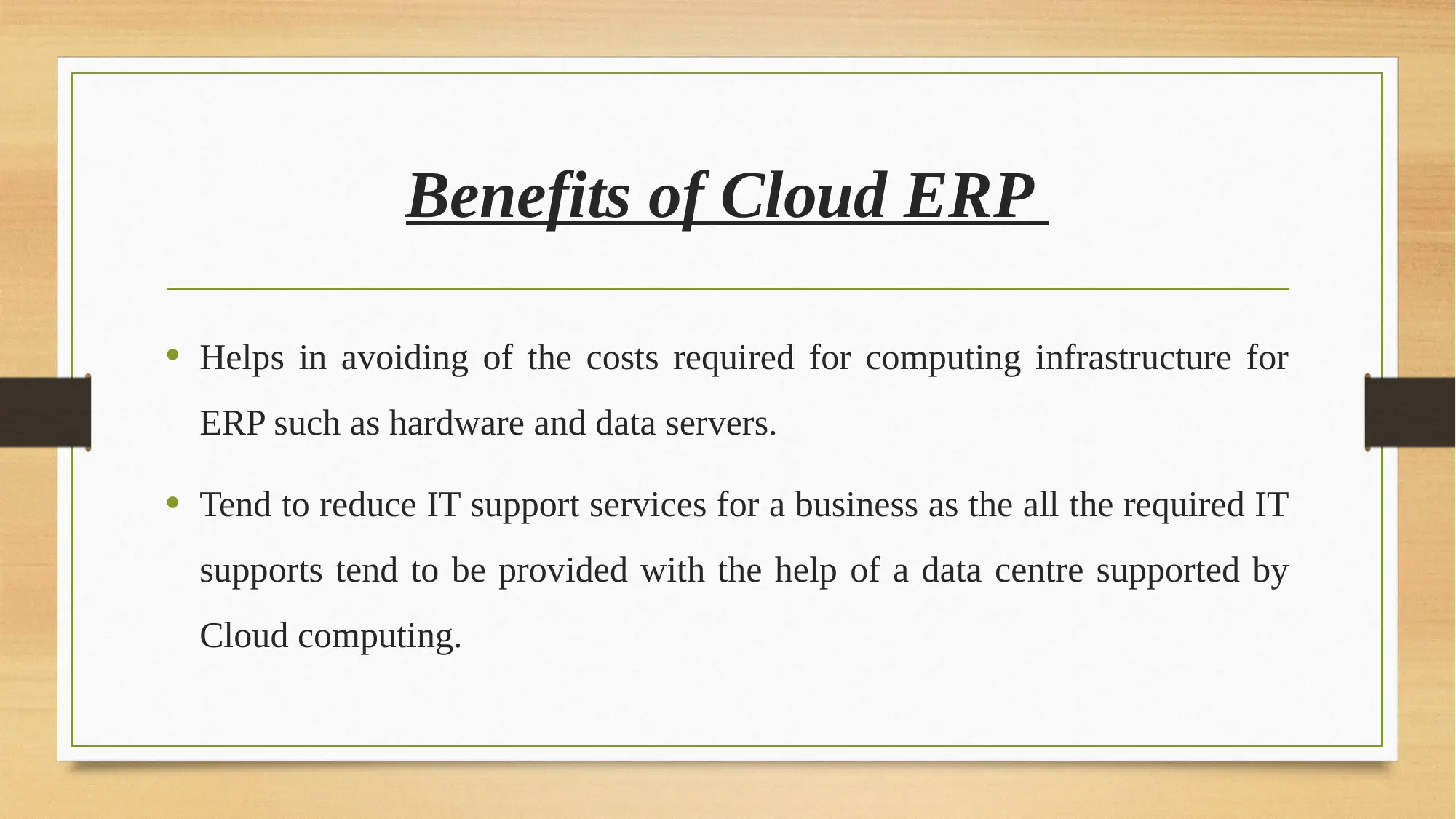
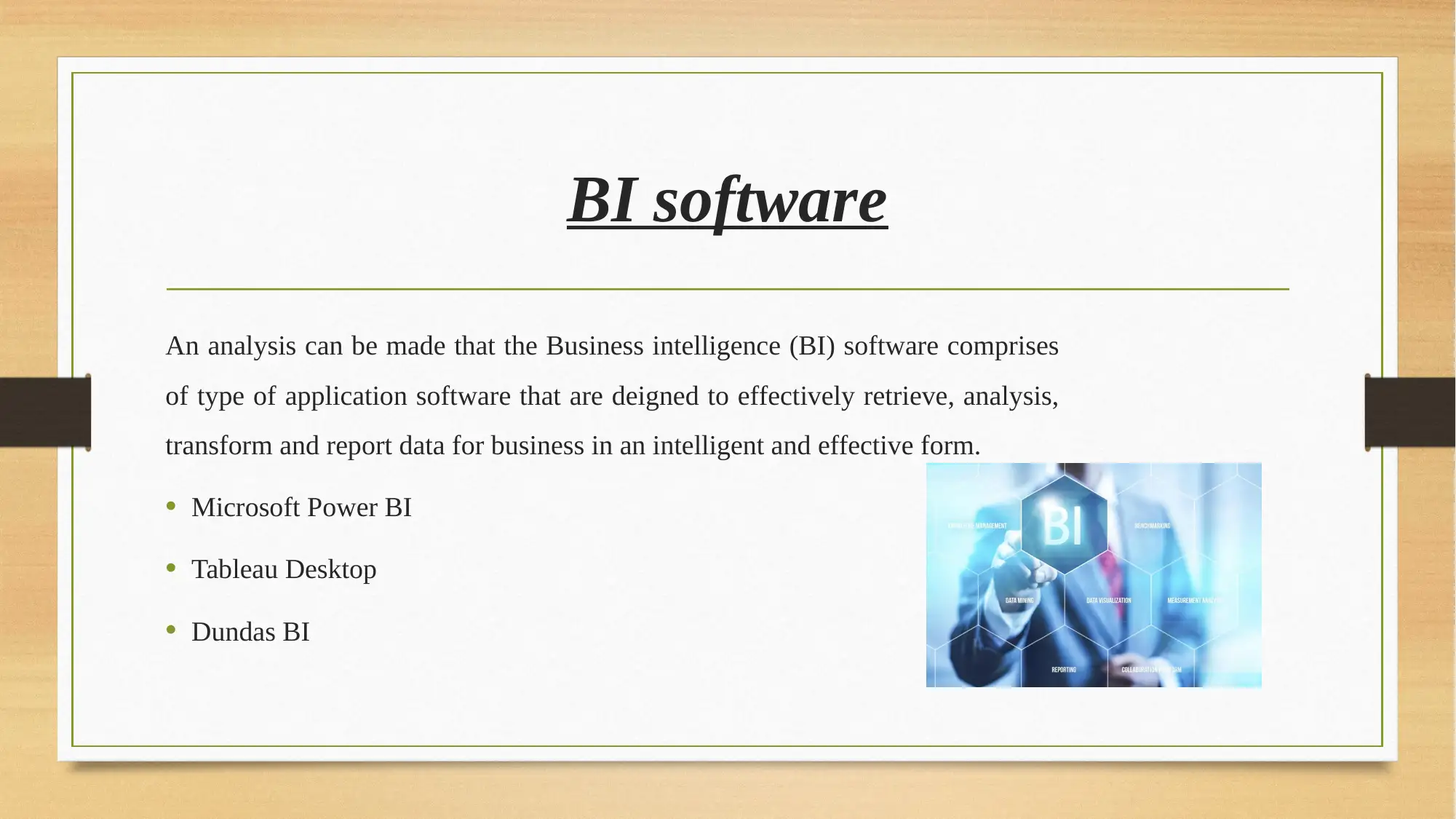






![[object Object]](/_next/static/media/star-bottom.7253800d.svg)